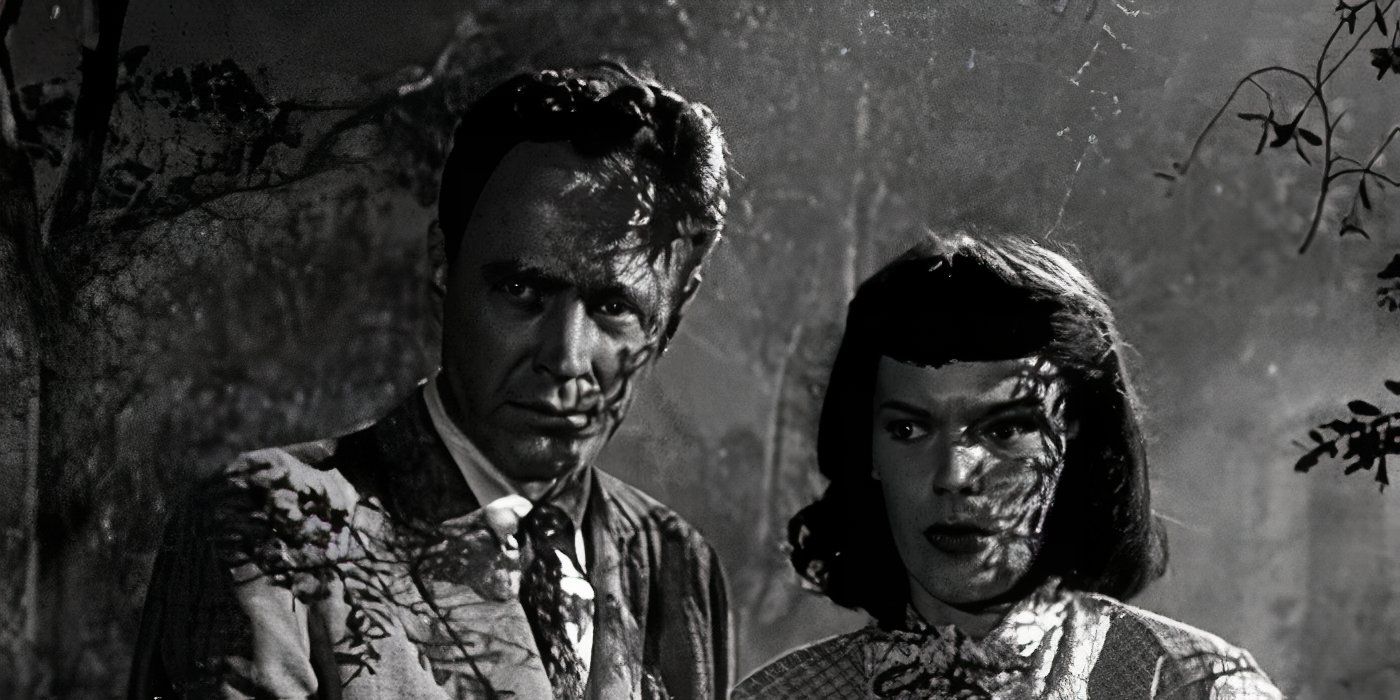Horror movies have the power to make us fear for our lives, but there are not a lot that genuinely claim to be so scary you need a life insurance policy in case you die of fright. However, there was one 1950s horror film that was so sure of its terrifying impact on viewers that it did just that. This was a level of precaution that was not even required for later infamous movies such as Jaws, which elicited emotional responses from the audience, causing sleep disturbances, anxiety, and even a case of cinematic neurosis.
Another horror movie that caused similar hysteria was the notoriously traumatizing film The Exorcist, which reportedly caused adverse physical reactions from the audiences, who fainted and vomited due to the intensity of what they were witnessing onscreen. While these were examples of movies so scary that they actually caused genuine panic from those in the theater, not even these classic films required a life insurance policy. That esteemed honor stands with just one film, and it was a movie claimed to be so scary the filmmakers didn’t want to take any chances of being liable for an unfortunate fatality.
Macabre Offered Life Insurance Certificates To People In The Audience
Filmgoers Received A $1,000 Life Insurance Policy Should They Die Of Fright
In 1958, director William Castle released Macabre, a movie he claimed was so scary that he offered the audience a certificate for a $1,000 life insurance policy from Lloyd’s of London (via Collider) in case they found the film so terrifying that they literally died watching it. Telling the story of a doctor’s daughter who is kidnapped and buried alive, this race-against-the-clock narrative combined horror and suspense as he had just five hours to find and rescue her.
As an elaborate and unique way to guarantee viewers will at least be curious to check out the film, Castle pushed things even further by having fake nurses in the lobby who were supposedly on hand to deal with any medical emergencies that might occur once the film started screening.
Macabre certainly accomplished its mission of drawing brave audience members to the theater.
Macabre was just one example of Castle’s unique talent in the horror genre, and he would go on to direct the undisputed classic House on Haunted Hill the following year. While no one ended up cashing in their life insurance policy, Macabre certainly accomplished its mission of drawing brave audience members to the theater, as some estimates claim (via Showmanship) it grossed up to $5 million at the box office.
Was Macabre Really Scary Enough To Warrant Life Insurance?
This Promotional Gimmick Helped Pique Audience Interest
It’s blatantly clear that Macabre’s life insurance policy was a clever marketing tool that had more to do with spreading the word about the film than it did with an actual concern for people’s safety or lives. While the movie was likely scary to audiences back in 1958, the truth was Macabre was a mostly forgettable release, and Castle would go on to make much better movies in the years that followed. However, it also stood as the director’s first great gimmick and proved that clever guerrilla marketing tactics like this could really work in a film’s favor.
Director William Castle was known for churning out impressive B-movie horror films on a low budget with a quick turnaround. However, movies like The Tingler and House on Haunted Hill have become cult classics, and he was even a producer on the all-time great Roman Polanski horror Rosemary’s Baby.
The insurance policy and nurses weren’t the only ways that Castle ensured audiences were curious about Macabre. In an impressive display of showmanship, Castle emerged at the premiere for Macabre from a coffin and in a Minneapolis theater actually sealed himself inside a coffin just like the kidnapped child in the story. While Castle made mostly low-budget horror movies, the way that he promoted his films with clever gimmicks became his trademark in the years that followed. The truth was Macabre wasn’t scary enough to warrant a life insurance policy, but it did earn it a spot in horror history.
Source: Collider, Showmanship






